In this article, we delve into the world of Oriental rugs and their importance as beautiful works of art and valuable investments. With the proper care and storage, these rugs can preserve their beauty and value for years to come.
We’ll guide you through storing your Oriental rug by covering essential factors to consider, providing a step-by-step preparation process, and offering tips for maintaining it while it’s in storage.
So, if you want to learn how to store your rug and preserve it for generations properly, keep reading!
Table of Contents
Factors to Consider When Storing an Oriental Rug
Climate and Humidity: The Impact on Rug Condition
The temperature and humidity levels of your storage space can significantly impact your rug’s condition.
It is important to avoid storing your rug in a damp or humid location, as the fibers can become weak and damaged from exposure to moisture.
To prevent damage, use a dehumidifier or air conditioner to regulate the temperature and humidity levels in the storage area.
Air Flow: Preventing Moisture and Mold Buildup
Adequate air circulation are crucial for keeping your rug in good condition during storage. Rugs should be stored in a location that allows for proper airflow to prevent moisture and mold buildup. If you’re using a storage unit or basement, ensure the space is well-ventilated and has a consistent temperature.
Pest Control: Protecting Your Rug from Infestation
Pests like moths can pose a significant threat to your oriental rug. Rugs made of natural fibers, such as wool or silk, are susceptible to pest infestations. These pests can cause holes, frayed edges, and discoloration if left unchecked.
To protect your rug, take measures to prevent infestation, such as using mothballs or cedar blocks.
Cleanliness
Keeping your rug clean and dust-free during storage is essential for preserving its appearance and condition.
Clean your rug thoroughly before storing it to prevent the buildup of dirt, dust, and debris that can attract pests and cause damage over time.
A clean rug is also less likely to develop stains or odors during storage, which can be difficult to remove once removed.
Preparing an Oriental Rug for Storage
Let’s learn to how to safety store your Oriental rugs in just a few easy steps.
If you own an Oriental rug, it is only natural that you will want to display it prominently, whether on the floor or as a wall hanging. However, there are times when you may need to put it away for a while in self storage.
It could be that you are going away for a few months on an overseas posting and you do not want to leave your rug out collecting dust unnecessarily.
Or perhaps you have moved to a smaller apartment and your rug is too big for any of the rooms. Till you move out to larger digs, you will have to store it somewhere safely.
1. Clean the rug
Before storing your oriental rug. It is important to clean it thoroughly to prevent the buildup of dirt, dust, and debris that could attract pests.
Clean rugs are less likely to be attacked and damaged by moths.
Vacuum the rug to remove any dirt and dust, and spot-clean any stains or spills to remove any food or beverage residues that could also attract pests.
Whether the rug is a small size or large size, you should avoid hand washing it yourself, instead get the rug professionally cleaned at a local rug cleaning company.
Only when you are absolutely sure that it is dry, roll it like tube and wrap it in paper that is specially created for this purpose. This paper is chemical and ink free so there are minimum chances of damaging the rug.
Never wrap a rug in plastic as that can create condensation resulting in mildew. Also, avoid using newspaper or any paper that has print on it as these materials are quite acidic and can cause damage.
2. Pest Repellent (optional)
Using a pest repellent is essential in preparing your rug for storage. Mothballs are a popular option, although they can leave an odor on the rug after it is removed from storage.
3. Roll the rug tightly and evenly.
Rolling your rug tightly and evenly is the best way to store it long-term. Start by laying the rug on a flat surface and rolling it tightly from one end to the other. If your rug is oversized, fold it half like a hot dog before rolling it. The goal is to roll the rug as tightly as possible.
Wrapping your rug in a protective cover is essential for preventing dirt and dust from getting into the fibers. Use a cover made of durable, breathable material, such as natural fabric, to allow for proper air circulation. you can also use a paper wrap for shorter-term storage.
Seal the wrapping with plenty of tapes so that all seams are well covered. This acts as protection against moisture as well as moths. It is also advisable to lift the rug and place it elevated from the floor to prevent moisture from the floor from seeping in.
5. Store in a Dry and Well-Ventilated space
Storing your rug in a dry, well-ventilated space is crucial for preventing pest infestation. Avoid storing the rug in a damp or humid location, as this can create an ideal breeding ground for pests. Instead, choose a temperature-controlled, well-ventilated space, such as a guest room, walk-in closet, or extra room.
A stable environment is not prone to extreme temperatures or temperature fluctuations. Attics tend to get very hot in summer and are not a good place to store your rug. Only store your rug in the attic or basement with temperature control and ventilation.
Tips for Maintaining an Oriental Rug in Storage
Avoid Stacking Heavy Items
When storing an oriental rug, it’s essential to avoid stacking heavy items on top of it. Doing so can cause crushing and distortion, damaging the fibers and affecting the rug’s overall appearance. Instead, place the rug on a flat surface and avoid placing anything heavy on top of it.
If you’re storing your rug for an extended period, it’s essential to check on it regularly and reopen it if needed.
We recommend removing the rug from storage every six months, rolling it out, and setting it in direct sunlight for a day.
Removing it from storage will allow the rug to dry and breathe, preventing mold growth and keeping it in good condition.
In conclusion, Oriental rugs are valuable investments that require proper care and storage to preserve their beauty and value. It is important to consider factors such as climate and humidity, air flow, pest control, and cleanliness.
Preparing your rug for storage requires cleaning it, using a pest repellent, rolling it tightly, wrapping it in a protective cover, and storing it in a dry, well-ventilated space. Finally, maintaining the rug while in storage involves avoiding stacking heavy items on top of it, checking on it regularly, and removing it from storage every six months to allow it to dry and breathe.
That’s it! It’s not very difficult at all. However, it is important that you pay careful heed to all of the above suggestions or else you could end up causing accidental damage to the rug while it is in storage.
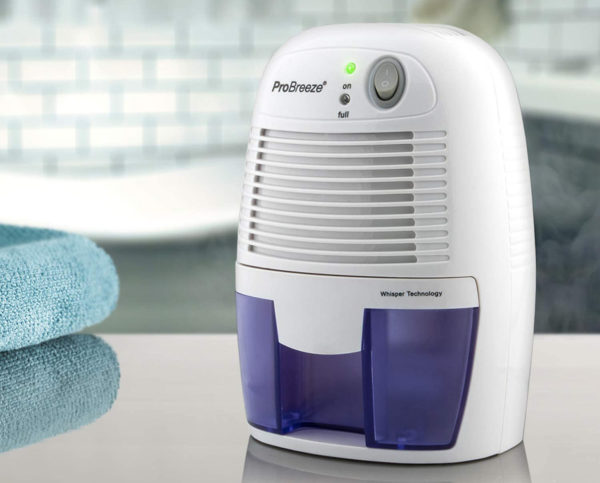
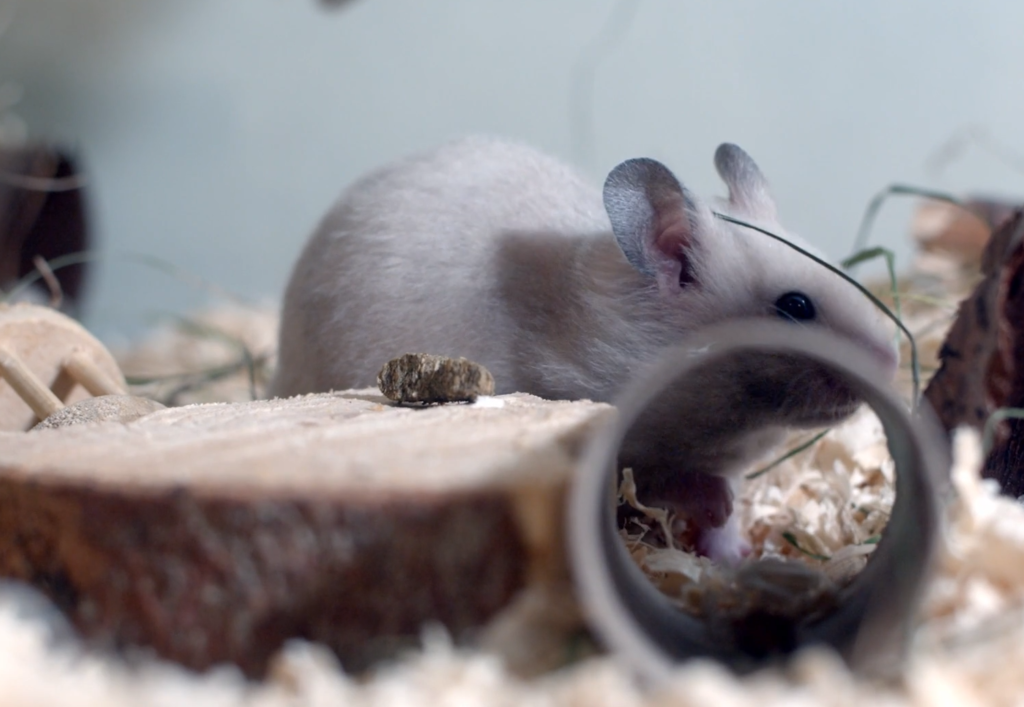

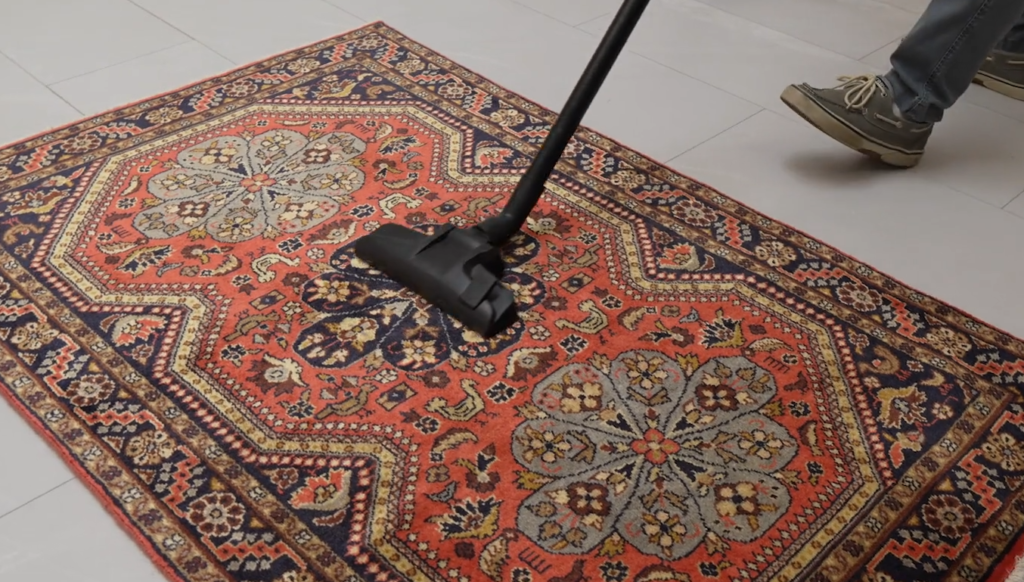
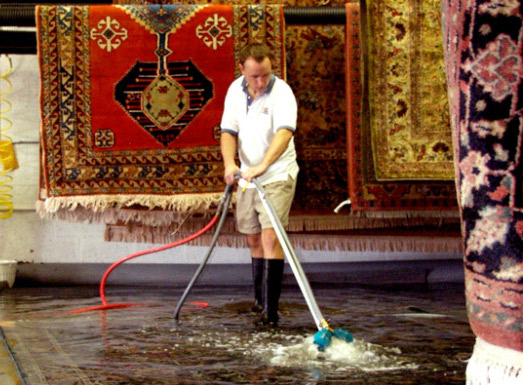
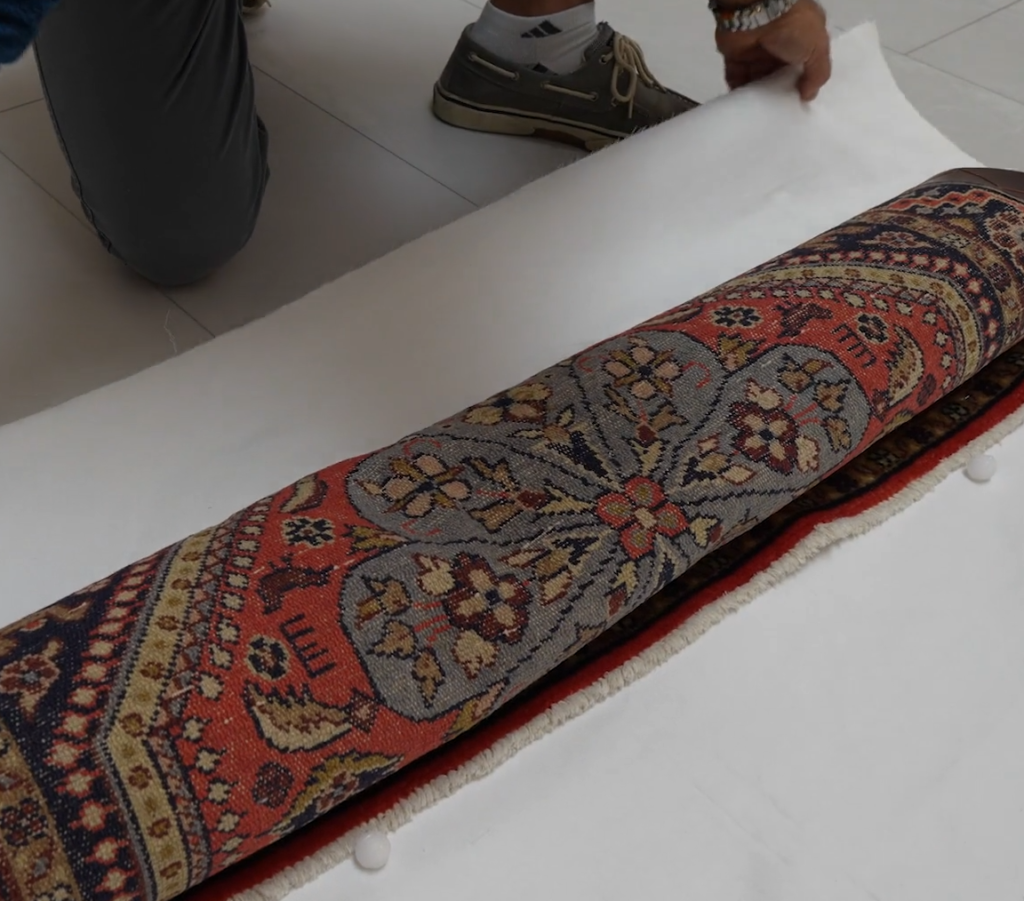
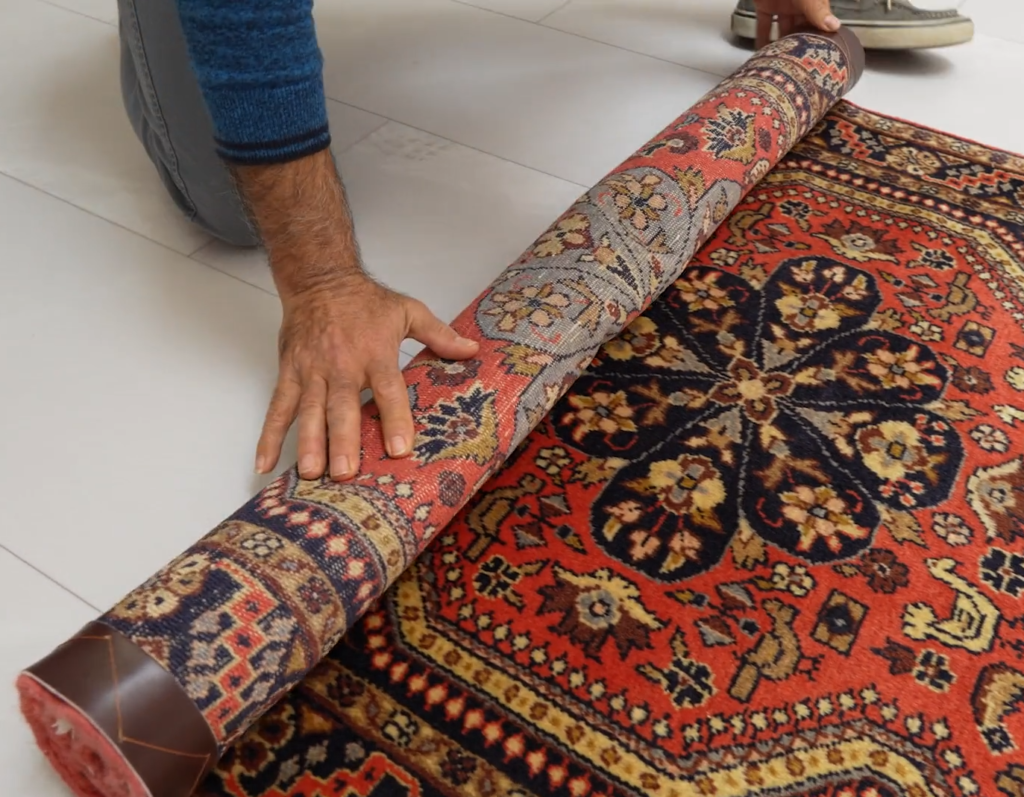
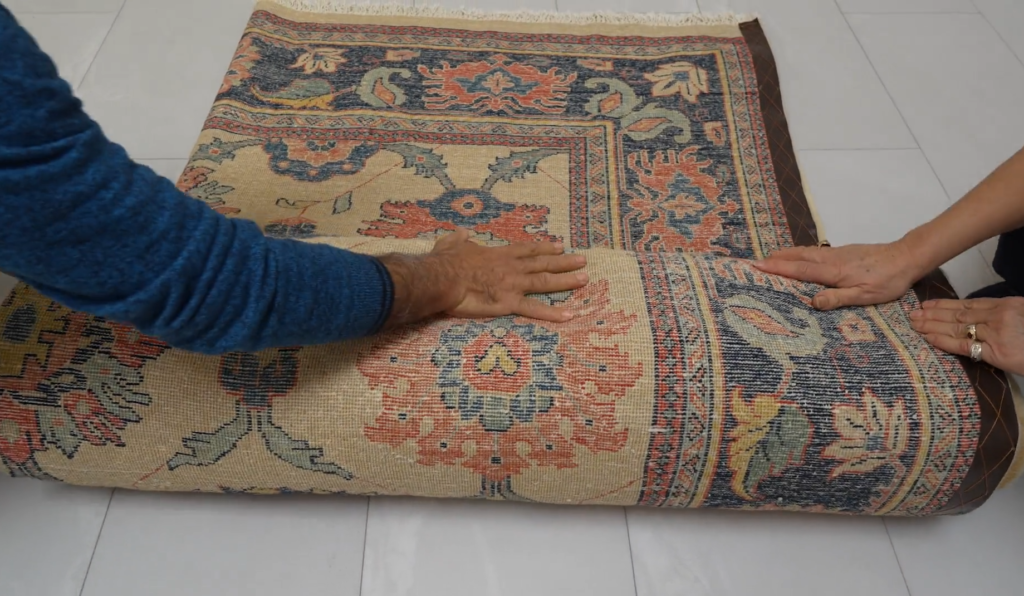
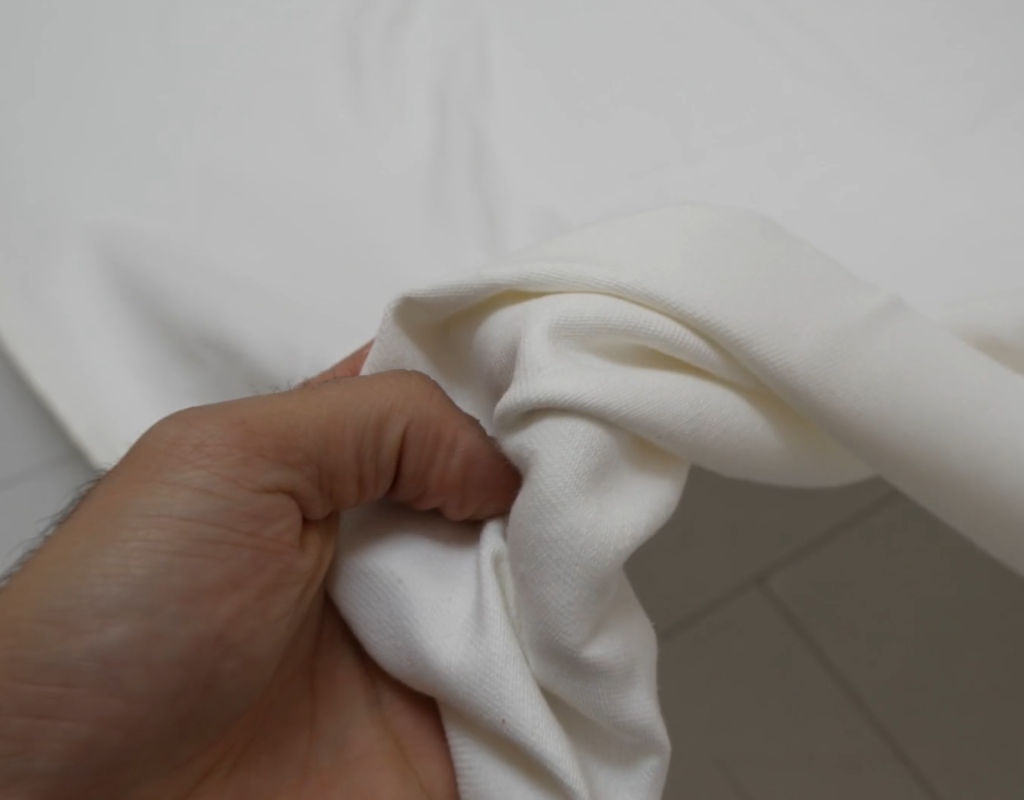
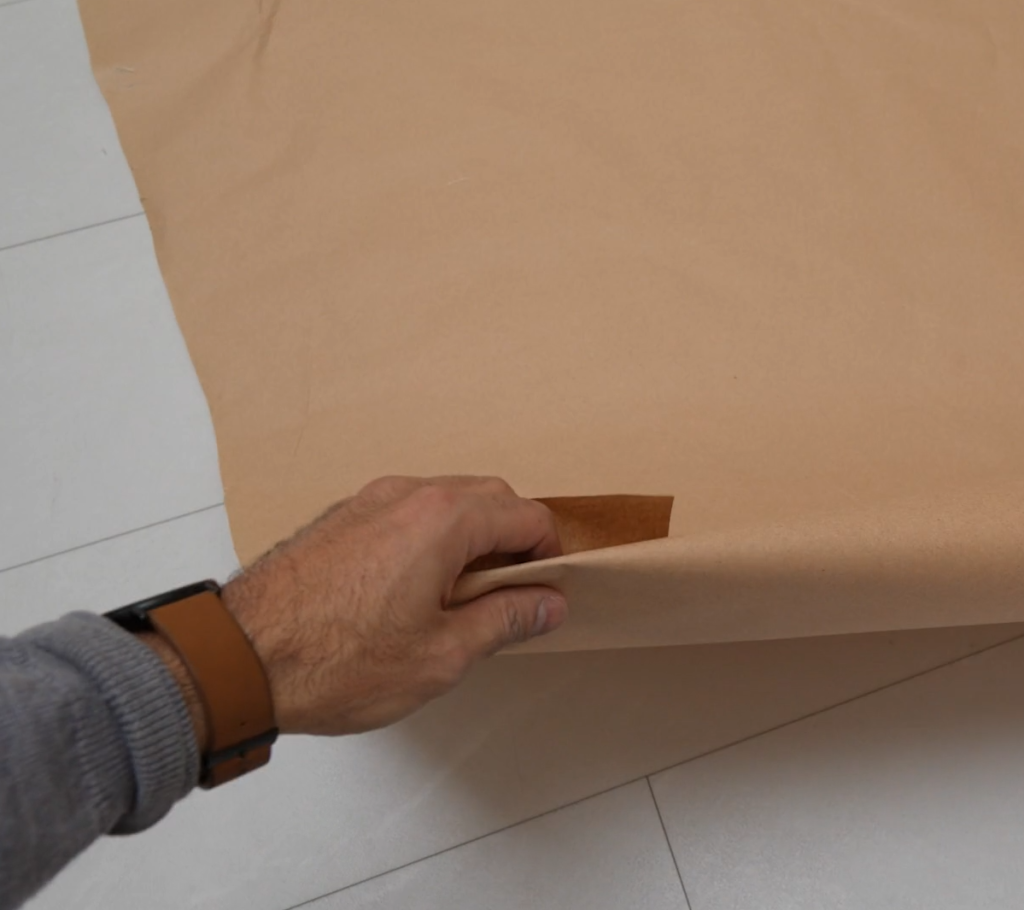
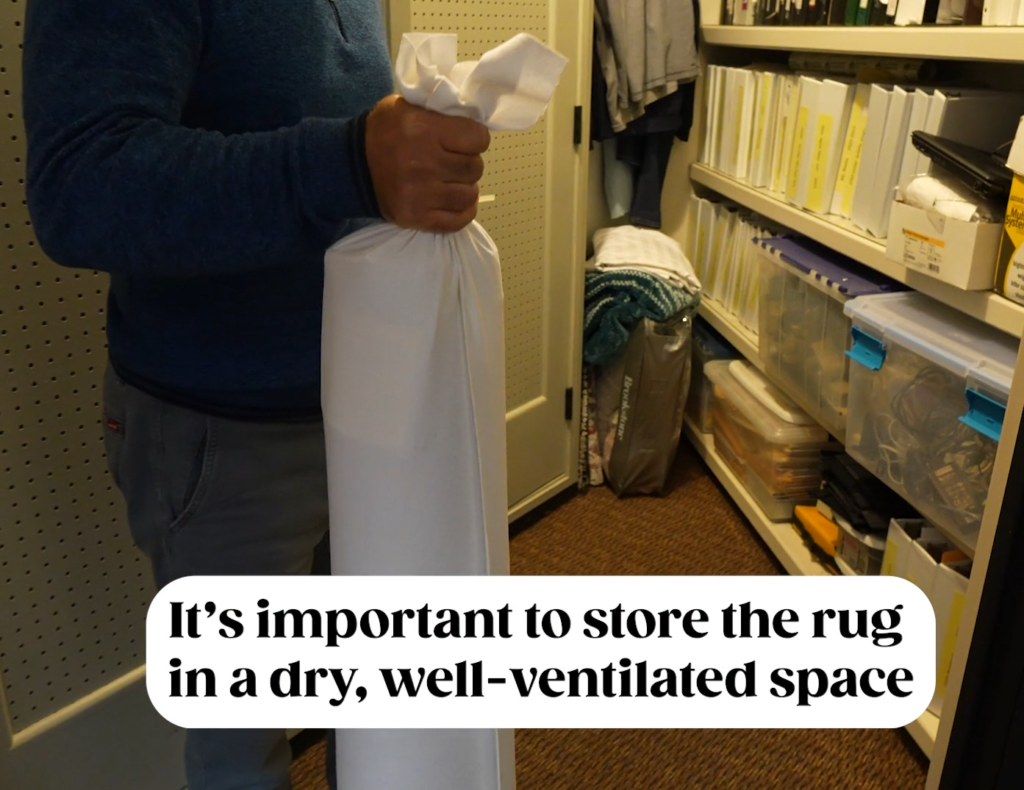
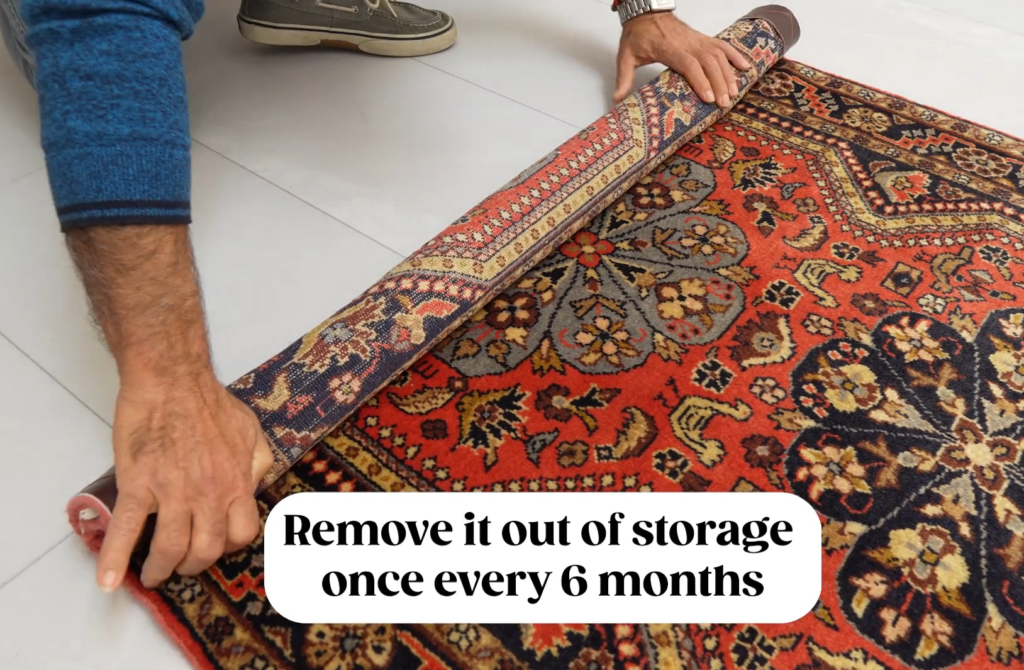
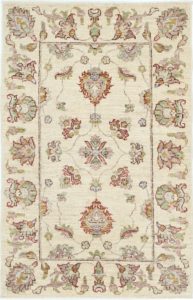
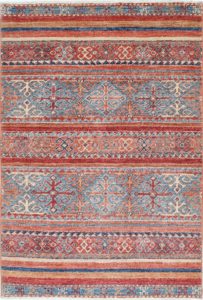
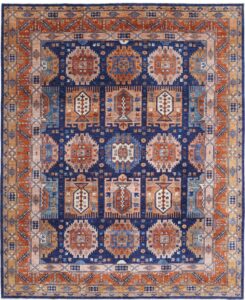
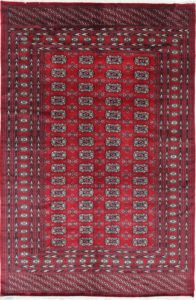


15 thoughts on “Do’s And Don’ts Of Storing Your Oriental Rugs”
What type of paper should I use? “wrap it in paper that is specially created for this purpose.” Are thereplaces that can store rugs under climate controlled conditions?
you could use paper for wrap your rug but make sure that your rug is clean and every a few months need to open it and give hime fresh air and sunlight
What about wrapping it in a cotton sheet? Also do you roll it with the backing facing out?
if you would like to keep it for a long time it is better to wrap it in paper to keep it from dust we roll the rug facing inside and back outside.
Hi,
I am having trouble finding the paper you are talking about, Who sells it? any ideas? The rolls I have seen are not wide enough. What is it called? I tried a google search and came up with nothing. Places where they sell stuff for packing do not have it. I would appreciate your help very much. Thank you Dalila
if the paper that you found isn’t wide enough still you could use it by rolling it on the rug in a few times to cover the rug completely.
We have a cleaning service come into our house monthly and they fold our Asian rugs to sweep the hardwood floors. You can see where the folds used to be, but over time most of the folds are less noticeable. Is this process of folding the rugs bad? Should they be rolled instead?
Thanks,
Sam
Dear Sam
Always for any rugs rolling is the best way for hand-knotted rugs especially if need to be packed for a long time.
After rolling the rug that is about 36″ wide, do you recommend storing it upright or flat?
Both upright or flat will work. Depends on which way would make it easier for you to store the rug.
Is it preferable. to roll up the oriental carpet or to stand it on end?
Yes, you can roll up the rug and place the rug upright or lay it down flat.
I just read this article, and I can say that these are some great tips on how to care for your carpet! I will use these tips for my own clients to have carpet care in Atlanta.
I am happy that you could use these infomation
Can you advise where one may find acid free tubes both to roll my carpet around AND to contain my carpets and protect them from moths etc with caps
on the ends? This is for storage of several valuable carpets…